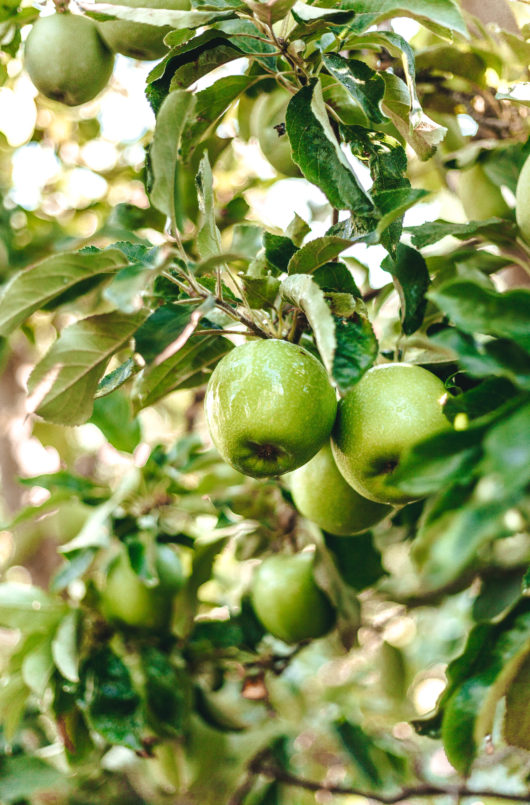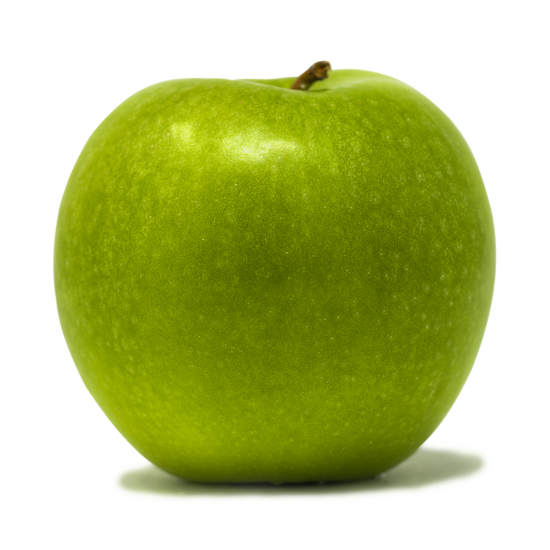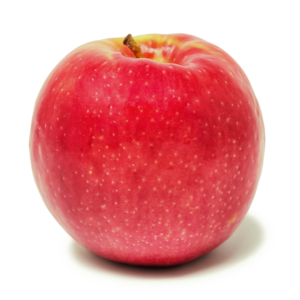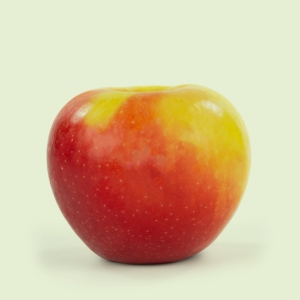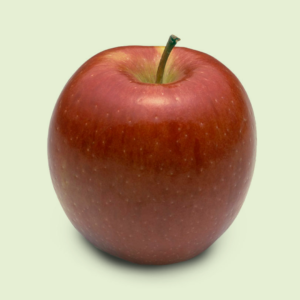
Washington Apple Cheddar Walnut Loaf
One bite of this bread and you’ll be in love! The perfect combination of sweet and savory, full of apples, cheese, and more! Apple Cheddar Walnut Loaf
